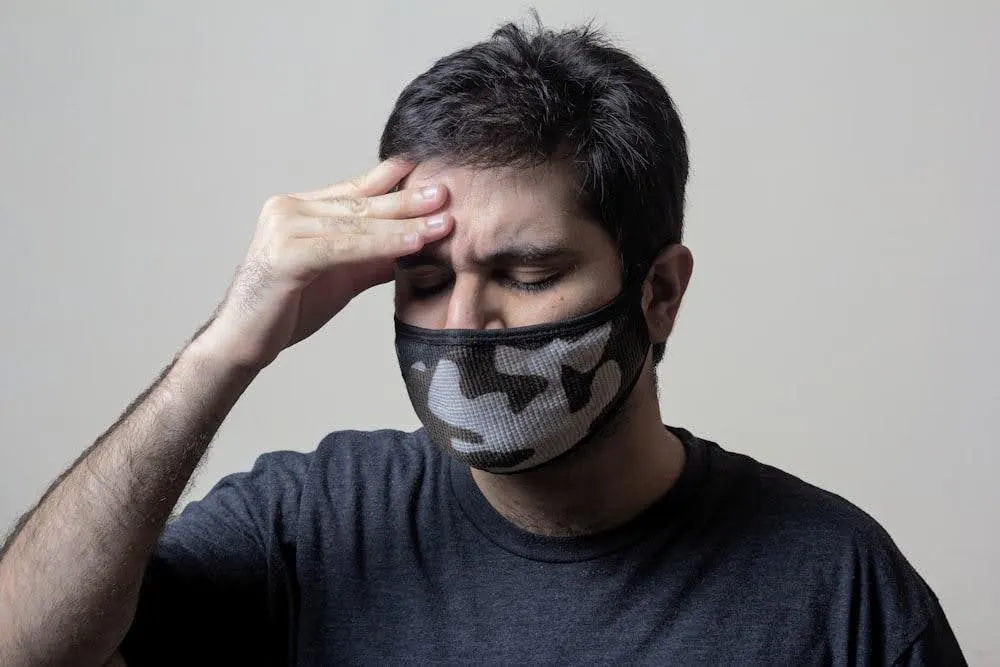Male pattern baldness is one of the most common types of baldness in men. It is also known as androgenetic alopecia, which affects a lot of men worldwide. It starts taking place in adulthood by reducing the hairline gradually and has a particular pattern of hair loss. In this article, we will delve into the causes, stages, and symptoms of male pattern baldness to understand this prevalent condition.
Causes of Male Pattern Baldness:
Genetic and hormonal factors primarily influence male pattern baldness. If your grandfather, father, or uncle suffered from baldness, you are also susceptible to it. Studies have shown that male pattern baldness is caused due to the hormones called androgens which regulate hair growth. Your hair has a growth cycle for each hair strand. Male pattern baldness weakens the growth of hair and shrinks the hair follicle which then produces fragile, thin, and short strands of hair. Gradually, stopping the growth of the hair and no new hair grows in its place.
Male pattern baldness tends to run in families. If your father or grandfather experienced hair loss, you may be more prone to it as well. There are usually no side effects of Inherited male pattern baldness. But, there can be serious reasons behind baldness such as cancers, strong medications, thyroid, and steroids. Generally, doctors try to detect male pattern baldness through diagnosis and conduct a medical checkup to rule out a few health conditions as the reason behind it. Fungal infections cause itchy scalp which is another cause of baldness in men which can be cured with proper medication.
Stages of Male Pattern Baldness:
Male pattern baldness has different stages such as:
Stage 1: In this stage, there is no noticeable hair loss and the person has a full head of hair.
Stage 2: This stage shows very little signs of recession in the hairline around the temples.
Stage 3: The temples start showing prominent signs of hair loss in this stage and darts changing the hairline.
Stage 4: Gradually the severity of hair loss increases in this stage as the hairline reduces further leaving very little hair on the crown.
Stage 5: The hairline recedes further, and the remaining hair on the sides and back of the head remains.
Stage 6: Hair loss becomes extreme, by leaving just a band of hair remaining along the sides and back of the head.
Stage 7: This final stage is the most severe and advanced hair loss that leaves a thin band of hair at the head’s sides and back.
Symptoms of Male Pattern Baldness:
It is essential to recognize the early symptoms of male pattern baldness, in the beginning, to be able to handle the condition effectively. Receding hairline is the first symptom that comes to notice starting at the temples and slowly proceeding to the back of the head. Gradually the hair at the crown becomes thinner and the scalp starts showing. Increased hair loss can be noticed while combing, oiling the hair or showering. The remaining hair becomes very fragile, and short which is a clear symptom of male pattern baldness.
To sum it all up, male pattern balding can be difficult to handle and become embarrassing for some. It can be controlled by timely medication and consultation with a doctor as soon as you start noticing the symptoms. Your dermatologist is the best person to guide you through the challenges by prescribing medicines, and shampoos to control hair loss. To control male pattern baldness, many treatments are available that are effective but you need to be patient with the duration of the treatment.










































